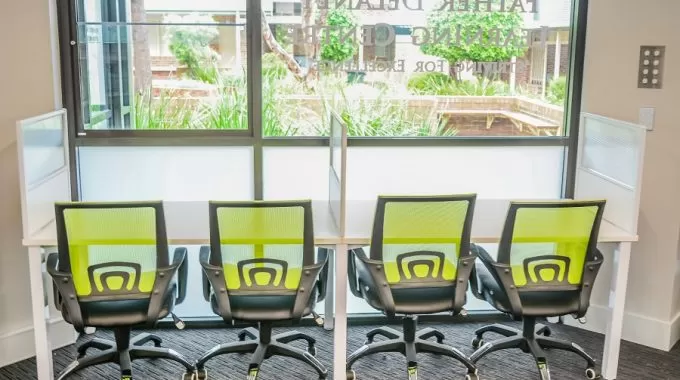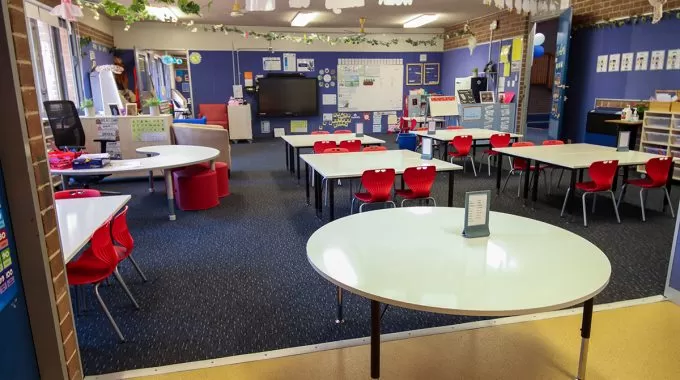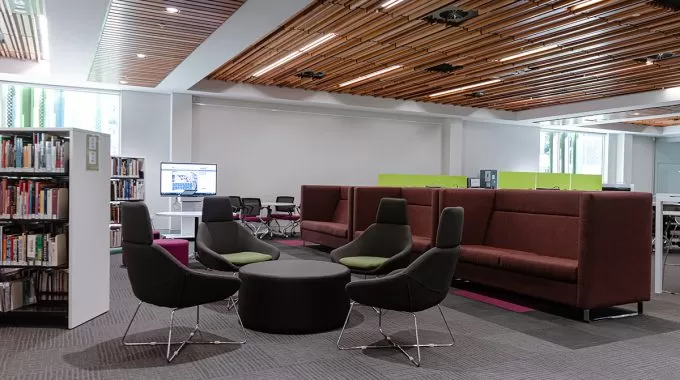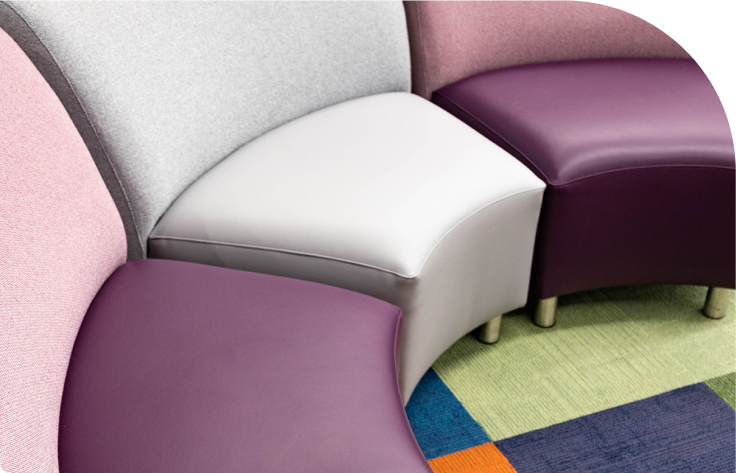Creative ways to use that teacher planner

Creative teaching has to start from creative plans. Here are some strategies to tackle next year’s teacher planner to start off the year on the right trajectory.
If you’re looking forward to the year or term ahead, perhaps you’re dreading the need to start and fill up a new teacher planner. And it can be tedious, stressful work, making sure that lesson plans and resources are all documented and categorised. But what if there was a better way to do it?
We believe that teaching creativity requires the teachers to first be creative – so making a teacher planner should also reflect an innovative, unconventional and sometimes experimental approach to organising a unit of work. Here, we hope to provide some of the best ideas for a teacher planner Australia based educators have to offer.
First, it will be important to set out your routines, as always. If you’ve got a lesson in the library once a fortnight, or a writing or literacy activity you plan to do regularly, put those fixtures in first so everything else can go around them. Once you first start deciding what should remain stable to form a routine for your students, the blank space around the “ordinary” can become an opportunity to be filled with creative teaching ideas.
Once you’ve got your routines laid out, we suggest defining your big term-long and year-long goals, and then deciding how you will use small goals to try and build towards the big ones. One of the best ideas we have for a teacher planner Australia based teachers will love, is to organise big goals into symbols or graphics, instead of keywords.
For example, if your big goal is for your class to greatly strengthen their numeracy, you might choose a flower symbol – so draw a big flower around assessments which directly correlate towards your goal of numeracy improvement, and then little flowers wherever there’s opportunity to integrate a little bit of numeracy instruction into your day-to-day lessons. Rinse and repeat for every big goal you hope to achieve, maybe drawing in a robot for STEM/IT competencies, a bee for spelling, or an apple for science. By decorating the teacher journal with all these little symbols and motifs, it’ll be clear how your various goals for your class connect with each other and support each other.
It can also be useful to set aside some contingency plans just in case things don’t work out exactly how you want them to. Contingencies can usually be thought of in two ways – an extension task, in case students find the originally planned work too easy, and a remedial task, in case students need a little extra push to get the basics down. Usually, there will be individual activities which can map to this framework well – maybe a worksheet or practical activity which can be run for a longer amount of time, or a task which has natural extension options built into it. And it can be awfully stressful to see a long-term plan plastered full of “what-if’s”, so we suggest using post-it-notes and folding them in half before sticking into your teacher planner – that way your contingency plans are hidden until you need them.
We hope that these strategies help you find the fun in lesson planning. In many cases, making sure that you yourself are excited to teach the content, can make the students just as excited to meet your energy level as well. We hope that you’re well on your way to creating a teacher planner Australia based schools and students will love to see!
[zohoForms src=https://forms.zohopublic.com/abaxkingfisher/form/BlogpostContactForm/formperma/mGOjr7yuy1IZ4yq9x6d9Fx6PYvFfs1XN4AHb-vugL8Y width=100% height=900px/]











